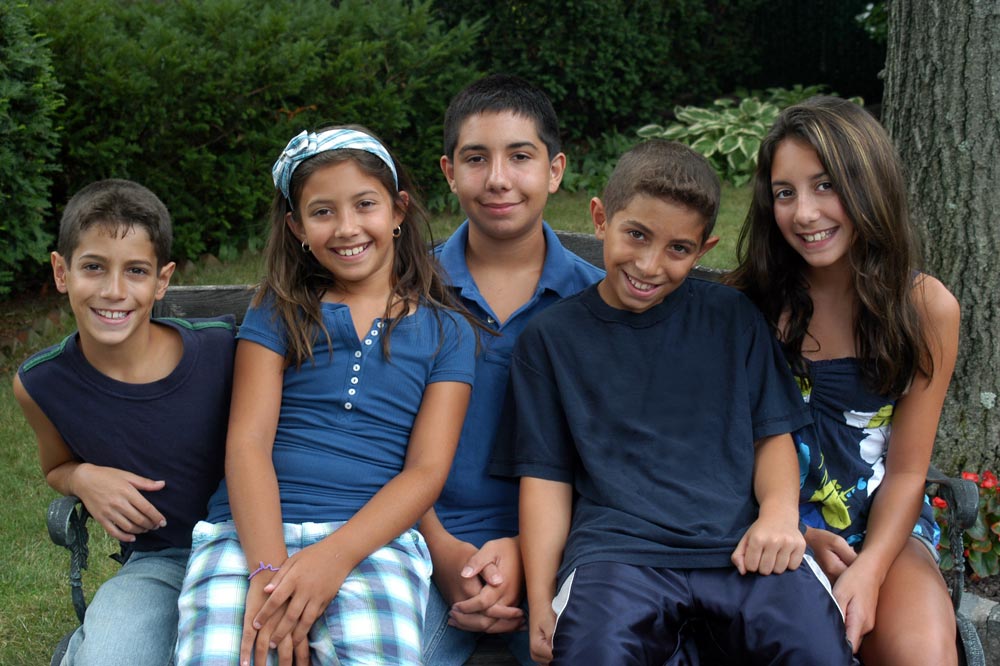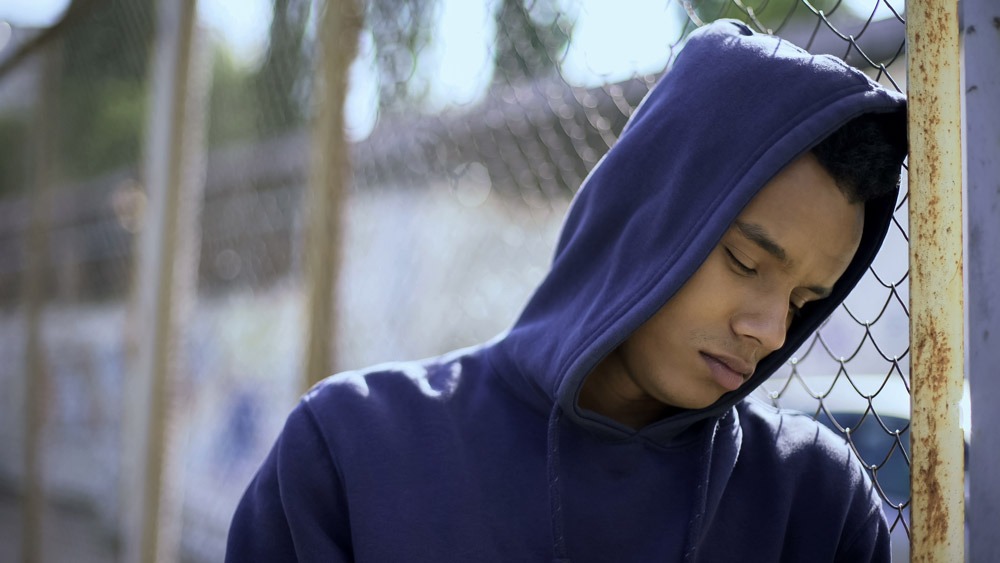WHAT IS LOVE?
The Giving and Receiving of Love is Intertwined
Why You Can’t Have One Without the Other
Since this is Love Week (with Valentine’s Day today kicking it off), I thought it would be fun to explore what love is.
As kids, you freely and eagerly shared Be My Valentine cards and heart-shaped candies etched with words of affection with all of your classmates.
As teenagers, the Valentine’s Day gifts you shared were more restricted because as hormones began to express themselves, many were beginning to pair up, date, and feel the need to make their love more intense and exclusive, so those Valentine’s Days then were decidedly different from grade school days.
For some, as newlyweds, that shiny new status as spouses made many feel completely happy and fulfilled for some period of time.
And as those of you who gave birth to, or adopted, children, you learned a whole new language of love, one that demanded extended periods of sacrifice and hardships. The romantic idea of parenthood quickly surrendered to the reality of sleepless nights due to the oft-required filling of tiny infant tummies, mysterious and frightening cries that no amount of burping, feeding, walking, rocking, or diaper changing could quiet, and fevers, painful earaches, and other maladies that infants and wee ones fall heir to at birth.
One thing that all of these various manifestations of love have in common is that they include (and anticipate) reciprocal action. Love, in fact, is a verb. It requires action of some kind, unless the one who loves is entirely incapable of motion. In that case, a simple affectionate gaze may be all that’s required or expected as a transmission between two much-loved people.
According to Ayurveda and other similar systems, there are seven types of love:

Agape (universal) love is the love we feel for each other, for the planet, and for the universe/God/Source/Nature. It is quite similar to unconditional love, the life force of the Universe. On an energetic level, Agape love flows from all the chakras, fostering equality and balance. We feel Agape love through meditation, spending time in nature, and strengthening spiritual connections.
Eros (sensual or romantic love) flows from the root and sacral chakras. Root chakra energy is primal; sacral, or second chakra energy, brings pleasure and passion. Eros love varies in intensity and can fade, which is why relationships built solely on sensual or romantic love so often fail.
Ludus is playful, uncommitted love, like flirting, seducing, and having sex without feeling the slightest degree of commitment or attachment flows from the second chakra. Ludus is more about pursuing an exciting physical experience than it is about any emotional or spiritual bonding.
Philautia (self-love) flows from the heart and third eye chakras. This is the crucial element we need to feel that we belong and have a purpose in life. Without this, every other kind of love is hard to recognize and even harder to reflect or attain.
Philia is brotherly love, the feeling you have for siblings, cousins, and close friends, and it flows from the heart chakra. Romantic relationships that include philia and philautia love tend to last.
Pragma (practical love) flows from the root and heart chakras. Practical love is based on personal qualities, shared goals, and duty. This type of love is about mutual survival as we strive to achieve common goals. It includes feelings of mutual respect and admiration.

Storge is pure, unconditional familial love, which, flows from the heart and crown chakras. But when pure unconditional love is expected in romantic relationships, its energy gets warped and relationships can become codependent and toxic, often very quickly.
So, given these descriptions of the distinct types and expressions of love, and knowing that love is an action word, in what ways do we humans show love to others? Typically, we choose one of more of these 5 ways:
- Via acts of service
- Exchanging gifts
- Setting apart quality time to be with our loved ones
- Words of affirmation
- Physical touch
The challenge often comes when our loved ones express their love in ways that don’t match our own love language.

So, for example, if a loved one gives you a physical gift — a treasure of some kind in a box — but your baseline love language is words of affirmation, and they don’t include words of affirmation along with the gift, you might feel slighted; the gift doesn’t feel complete.
Another example would be giving a child words of affirmation, and a pat on the back, but because the giver of the gift is too occupied with other aspects of life, the child doesn’t receive their desired gift of quality time. Over time, they can begin to perceive the words and the pats as being insincere because their actual need for face-to-face quality time hasn’t been met.
You should be aware, too, that children’s primary love languages are devoid of some of ones that require hormones. Very young children are intensely sensual, but not sexual. That is, they love to be touched, patted, hugged, tickled, tackled, and to experience physical pleasures like running, dancing, biking, and sports. They love it when we spend quality time with them. So, these are probably pretty much everyone’s baseline love languages. We are little sponges then, learning the ropes about how life is played. When babies and toddlers are undamaged — although very few are, no matter how pristine their upbringings — they become experts at discerning most of the expressions of love. They watch grownups, and they emulate them.
But the more damaged children are, the harder it becomes to embrace diverse types of love because misplaced, misused love can hurt. It can betray. It can scar and damage. And that’s why some love languages may seem fraught with peril as we grow into teenagers and adults. Whenever our innate trust in pure, unadulterated love has been betrayed, we start to just dip our toes in, waiting to see if a shark is going to swim along and bite them off. If our toes survive, we wade in up to our ankles and wait, and so on. It can take years to recover from earlier scarring caused by inexpert or dysfunctional or abusive parents whose love languages were entirely inappropriate for children. There-physically-but-absent-mentally-and emotionally parents, helicopter parents, and inappropriate parents cause children to begin to question what love and trust are (trust requires love), or if love is anything lovely at all.

It’s all too easy to assume that your love language is your loved one’s language, too, so that’s where the disconnect can happen. So, taking the time to discern the love languages of your loved ones pays huge dividends.
Notice I said “languages,” plural, because most people respond well to more than one of the five love languages. One way to find these loved languages is to simply ask your loved ones which of the five languages they resonate to most, and you can share yours with them. Or you can listen for clues about their love languages.
All of our experiences in life are valid, and all can be transformed into love and light. In fact, some of the most wounded people on the planet become wounded healers. I am one of them, and chances are, you are too. It’s our job to keep shining the light on love to help others recover from their disillusionment about what love is. And isn’t it a lovely job? I just love it. I hope you do, too. Happy Valentine’s Day!

The first step towards being able to love others is to heal yourself. And the first step towards healing yourself, is to learn to love yourself. If this is something you – as many others – struggle with, consider picking up Deborah’s Love Yourself Audio Seminar by clicking here >>

